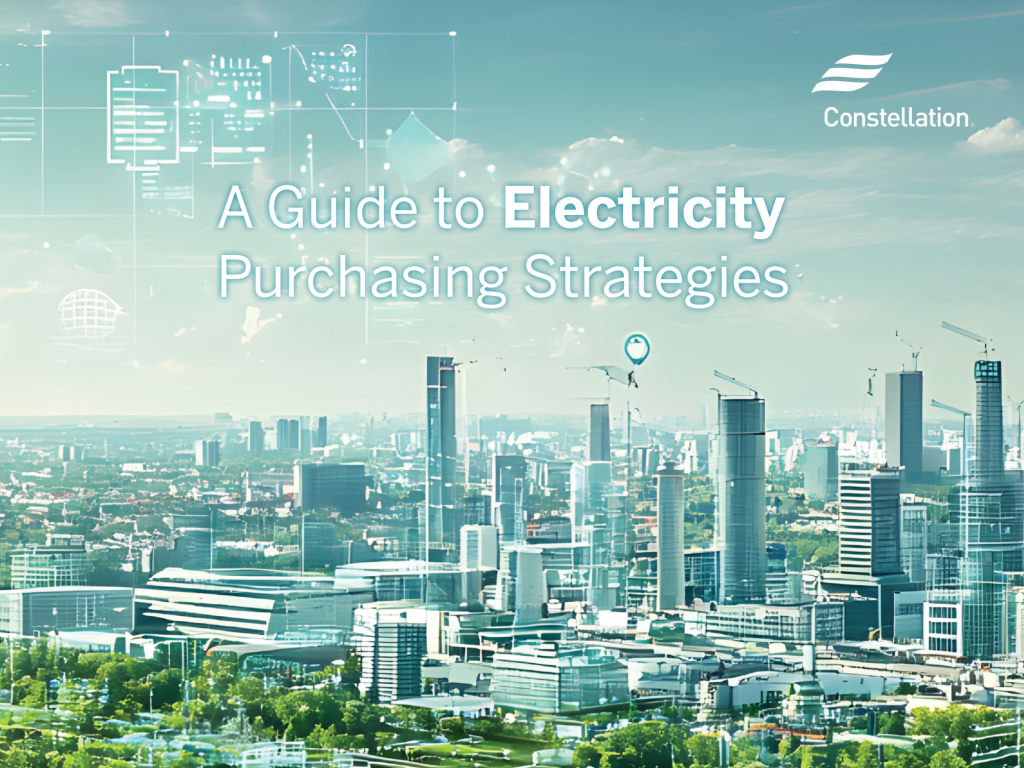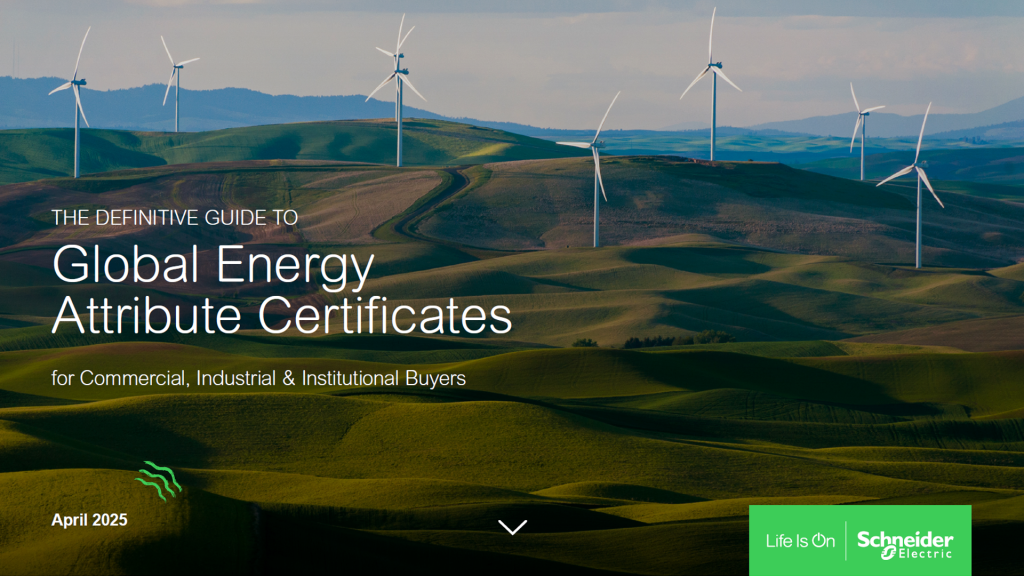Johnson & Johnson Heat and Power from Landfill Gas
To address volatile, escalating energy prices and concerns about climate change, many large energy consumers look for stable, nonpolluting sources of energy. Although solar and wind power usually capture the headlines, landfill gas (LFG) also is an economically viable renewable resource but is often overlooked.
When solid waste decomposes in a landfill, it creates LFG, which consists of about 50% methane (CH4), the primary component of natural gas and also a potent greenhouse gas (GHG). The other 50% of landfill gas is carbon dioxide (CO2), the most significant GHG in terms of global emissions. When allowed to escape into the atmosphere, landfill gas not only contributes to climate change but also represents a lost economic opportunity.
As of 2006, more than 400 LFG projects are operating in the United States, and the Environmental Protection Agency (EPA) has identified another 600 landfills that could support LFG projects. As the U.S. population and consumption continue to rise, the potential for landfill gas projects rises as well.
Johnson & Johnson’s LFG Project
Johnson & Johnson (J&J) committed to reducing its GHG emissions by 7% below its 1990 levels by 2010. Each of the company









